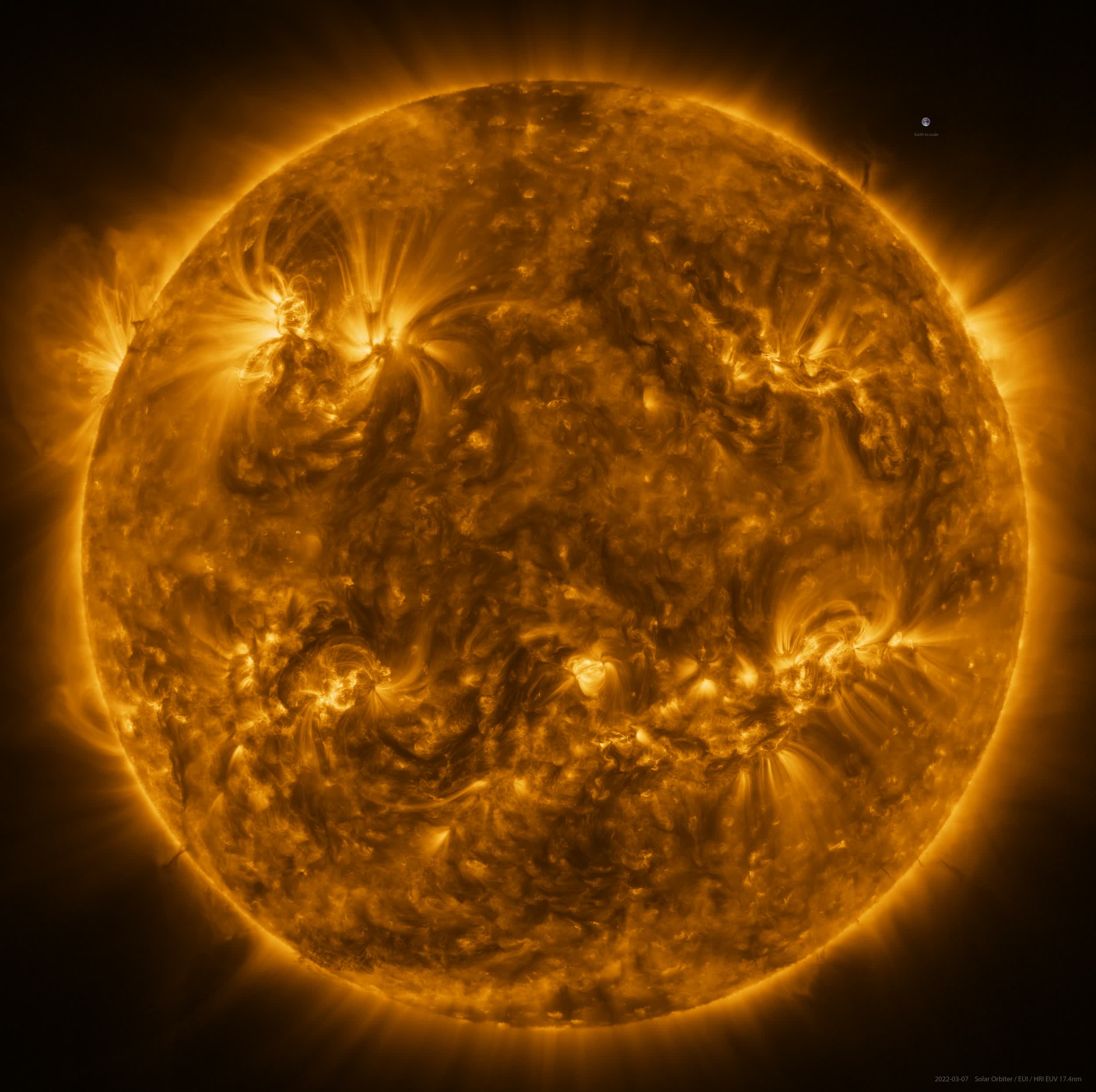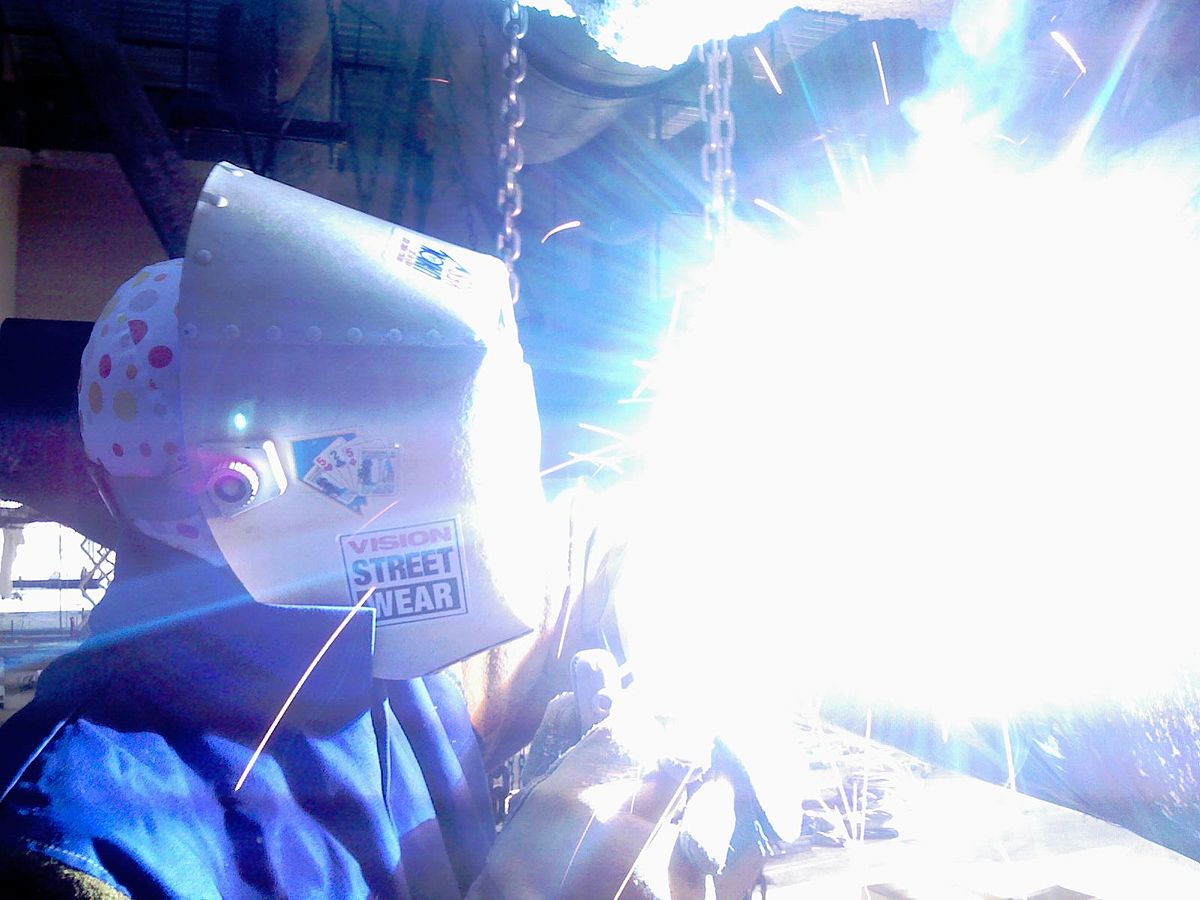In brief: The European Space Agency has shared what it claims is the highest resolution image ever taken of the Sun's full disc and outer atmosphere, the corona. The Solar Orbiter had to snap 25 individual images to fit the entire star into a single frame. The process took more than four hours as each image needed about 10 minutes of exposure, plus extra time for the craft to adjust between shots.

A series of images were captured on March 7. The crown jewel of the set was photographed using the Extreme Ultraviolet Imager (EUI) at a distance of roughly 46.6 million miles from the Sun, or about halfway between the Earth and the Sun.
The corona has a temperature of around one million degrees Celsius.
The full-size image can be downloaded from the ESA's website. It weighs in at more than 56MB and at a resolution of 9,148 x 9,112, contains more than 83 million pixels. The ESA even included a scale image of the Earth in the top-right corner for comparison.
The Solar Orbiter launched on February 10, 2020, as a joint operation between the ESA and NASA. The US space agency also operates its own probe, known as the Parker Solar Probe. Late last year, it became the first spacecraft to fly through the Sun's atmosphere. Future missions will see the Parker Solar Probe fly even closer to the Sun - within 3.83 million miles of its surface.
https://www.techspot.com/news/93935-european-probe-captures-highest-resolution-image-sun-corona.html
